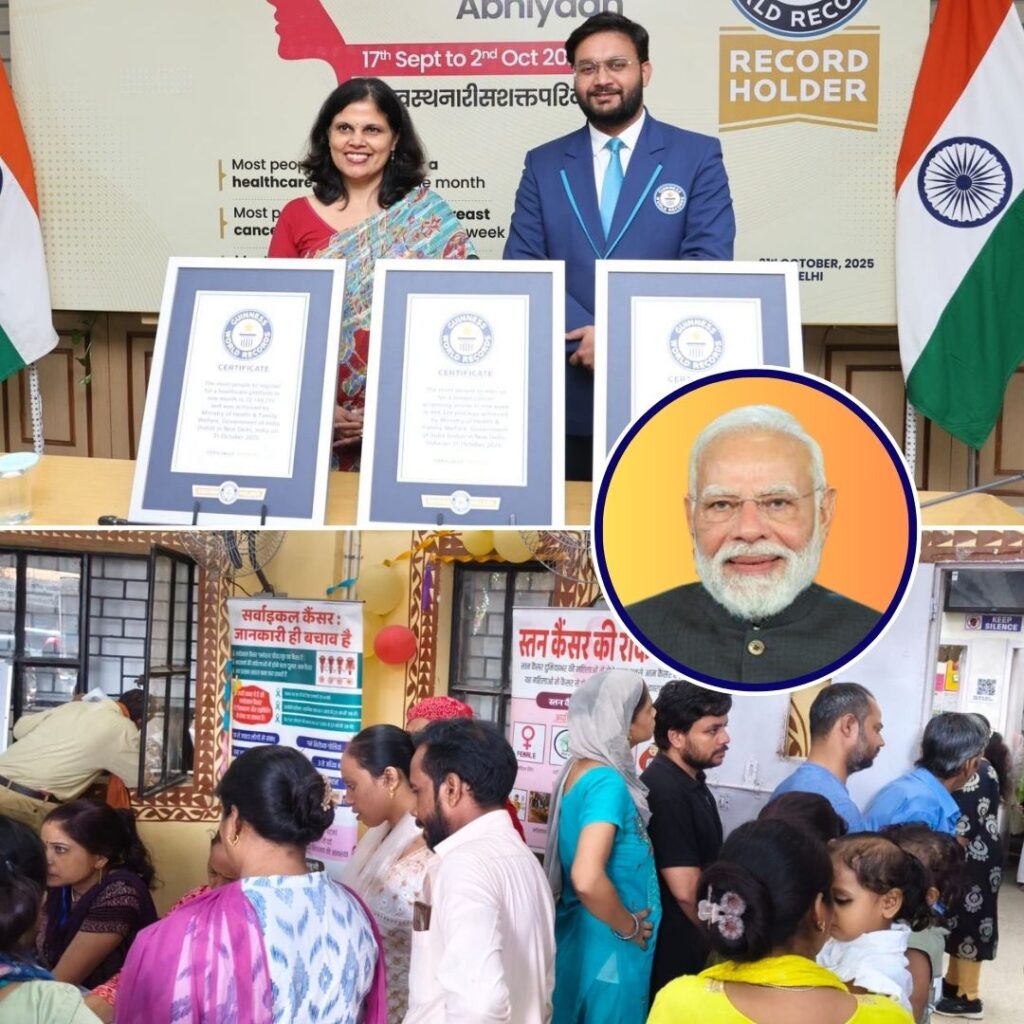Suicide has remained among the top two causes of death for young Indians aged 15–29 for the past two decades, accounting for 17.1% of deaths in this age group between 2020–22, as per the latest cause of death report by the Office of the Registrar General of India.
While globally suicide ranks third for youth mortality, in India, it is surpassed only by road accidents. The share of suicides is slightly higher among young women (18.2%) than men (16.3%), but the gender gap has narrowed significantly. Officials and experts stress the urgent need for preventive strategies, with family problems, love affairs, and marriage-related issues emerging as the leading triggers.
Youth Suicide: A Persistent and Pressing Crisis
Suicide stands as one of the greatest dangers to young people in India, ranking above most other causes of death for those aged 15–29. In the period 2020–22, one in every six deaths in this age group was attributed to suicide, highlighting a persistent and severe public health crisis.
Though young adults constitute only about 5% of all deaths in India, the leading causes for this group are largely behavioural and preventable—unlike the chronic illnesses that dominate mortality statistics for older age groups.
The risk of suicide is slightly higher among young women (18.2%) than men (16.3%), but the gap has notably reduced over the past decade, down from 21.8% for women and 15% for men in 2010–13. This narrowing gap suggests shifting social pressures and mental health challenges that now affect both genders.
According to the latest NCRB report, family problems (32.4%), love affairs (8%), and marriage-related difficulties (7.5%) are the most common triggers for suicide among young adults. These factors, combined with academic pressure, financial stress, and lack of emotional support, paint a complex picture of the struggles faced by India’s youth.
Context and Response: Addressing the Youth Suicide Epidemic
While suicide is a leading cause of death among Indian youth, it does not feature among the top 10 causes for all ages—cardiovascular diseases, respiratory infections, and cancers dominate those rankings. This underlines the unique vulnerability of young people to self-harm, driven by behavioural and psychosocial factors rather than chronic illness.
Recognising the gravity of the situation, national and state governments have introduced a range of initiatives, including helplines, mental health awareness campaigns, and counselling services in schools and colleges. Programmes like TeleMANAS aim to provide immediate support and referrals, while the National Suicide Prevention Strategy seeks to reduce suicide mortality by 10% by 2030. Despite these efforts, stigma and underreporting remain significant barriers to effective prevention and support.
Recent data also reveal that nearly half of all youth suicides are driven by relationship issues, including family conflicts, love affairs, and marriage-related distress. Experts emphasise the need for community-based interventions, early identification of at-risk individuals, and the creation of supportive environments where young people feel safe to seek help.
The Logical Indian’s Perspective
The Logical Indian believes that every young life lost to suicide is a profound tragedy and a call to action for society as a whole. We stand for empathy, open dialogue, and kindness, and urge communities to break the stigma around mental health. It is essential to create safe spaces where young people can express their struggles without fear of judgment or shame.












